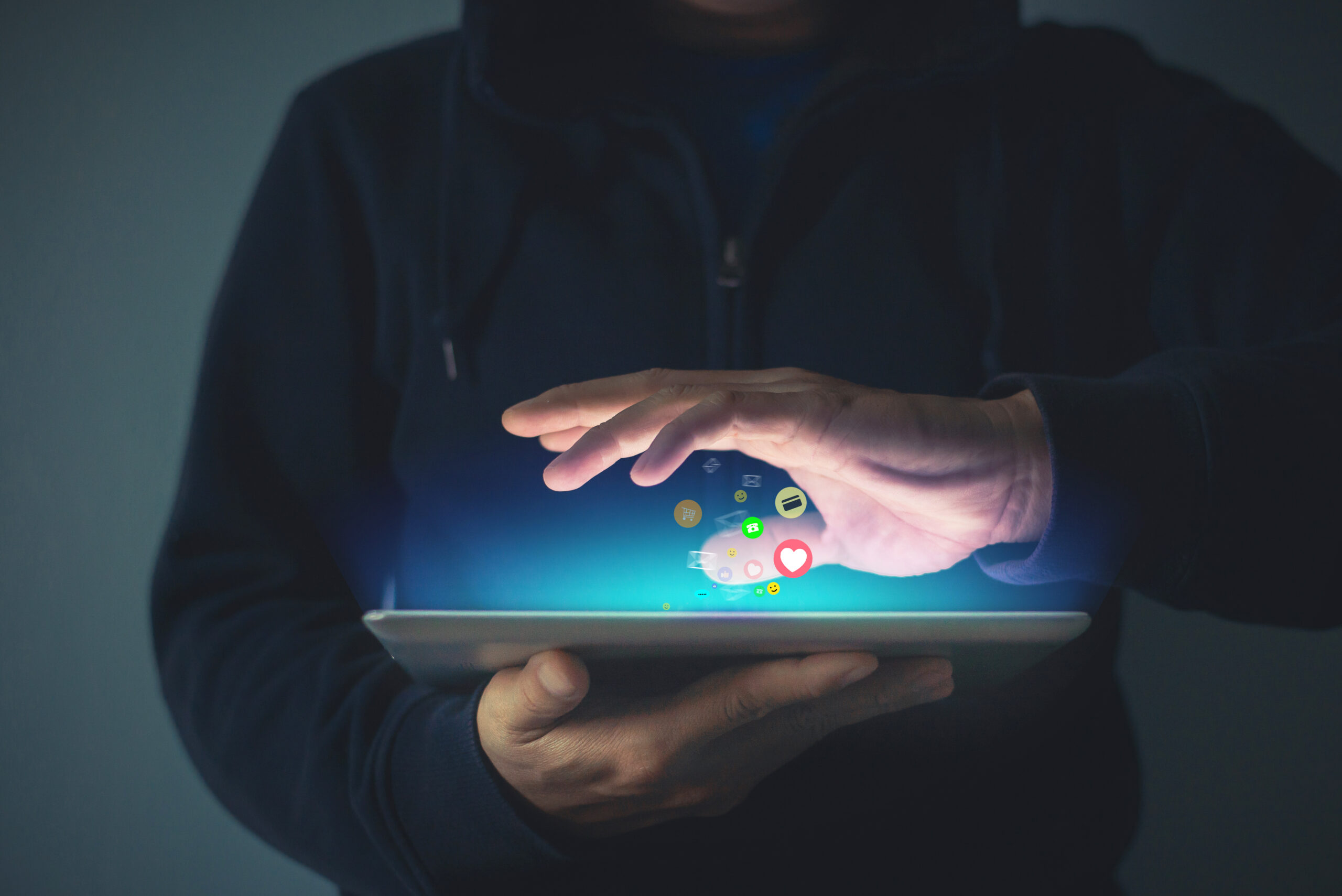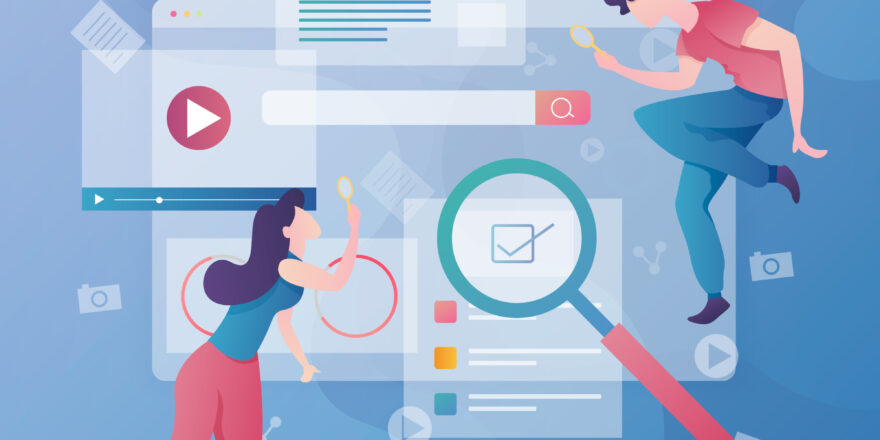Introduction
In the digital world, every click represents a decision made by the user — a conscious or subconscious choice influenced by multiple psychological triggers. By understanding the psychology behind clicks, businesses can design better ads, websites, and campaigns that resonate with their audience. This approach goes beyond just “getting traffic” — it focuses on converting that traffic into real business results.
1. The Role of Curiosity in Driving Engagement
- Headline Teasers: Headlines that hint at valuable content without revealing everything encourage curiosity clicks.
- Pattern Interrupts: Breaking visual or content expectations captures user attention in a crowded feed.
- Open Loops in Copywriting: Promising a resolution to a question or conflict keeps users engaged until they click.
- Example: “You’re Losing Customers and Don’t Even Know Why — Here’s the Fix” naturally prompts a click.
2. The Power of Social Proof
- Testimonials & Reviews: Showing real customer feedback boosts trust instantly.
- Follower Counts & Engagement Metrics: Visible popularity signals credibility.
- User-Generated Content: Featuring real people using your product encourages others to try it.
- Case Study Example: A brand with 4.5-star ratings from 1,200+ reviews will attract more clicks than one with no social proof.
3. Emotional Triggers That Drive Clicks
- Fear of Missing Out (FOMO): Limited-time offers and countdowns create urgency.
- Desire for Belonging: Campaigns that make users feel part of a community drive engagement.
- Pride & Self-Image: Ads that align with a user’s desired identity (e.g., eco-conscious, luxury lifestyle) encourage interaction.
- Happiness & Humor: Positive emotions increase shareability and click-through rates.
4. The Science of Visual Attraction
- Color Psychology: Red signals urgency, blue builds trust, green suggests growth or health.
- Faces & Eye Gaze: Images with people looking toward CTAs guide attention.
- Contrast & Layout: Clear visual hierarchy directs the eyes toward clickable elements.
- Example: Buttons with contrasting colors outperform those blending into the design by up to 30%.
5. Personalization and Relevance
- Tailored Recommendations: Showing products based on browsing history boosts clicks.
- Dynamic Copy: Changing headlines or CTAs based on location, device, or time of day makes campaigns more relevant.
- Behavior-Based Targeting: Retargeting visitors with related offers increases conversion chances.
- Stat: Personalized CTAs convert 202% better than generic ones.
Conclusion
Click psychology isn’t just about flashy headlines or bold colors — it’s about understanding what drives human decision-making. By combining curiosity, trust, emotional resonance, visual appeal, and personalization, brands can create campaigns that attract clicks and, more importantly, convert them into meaningful actions.





